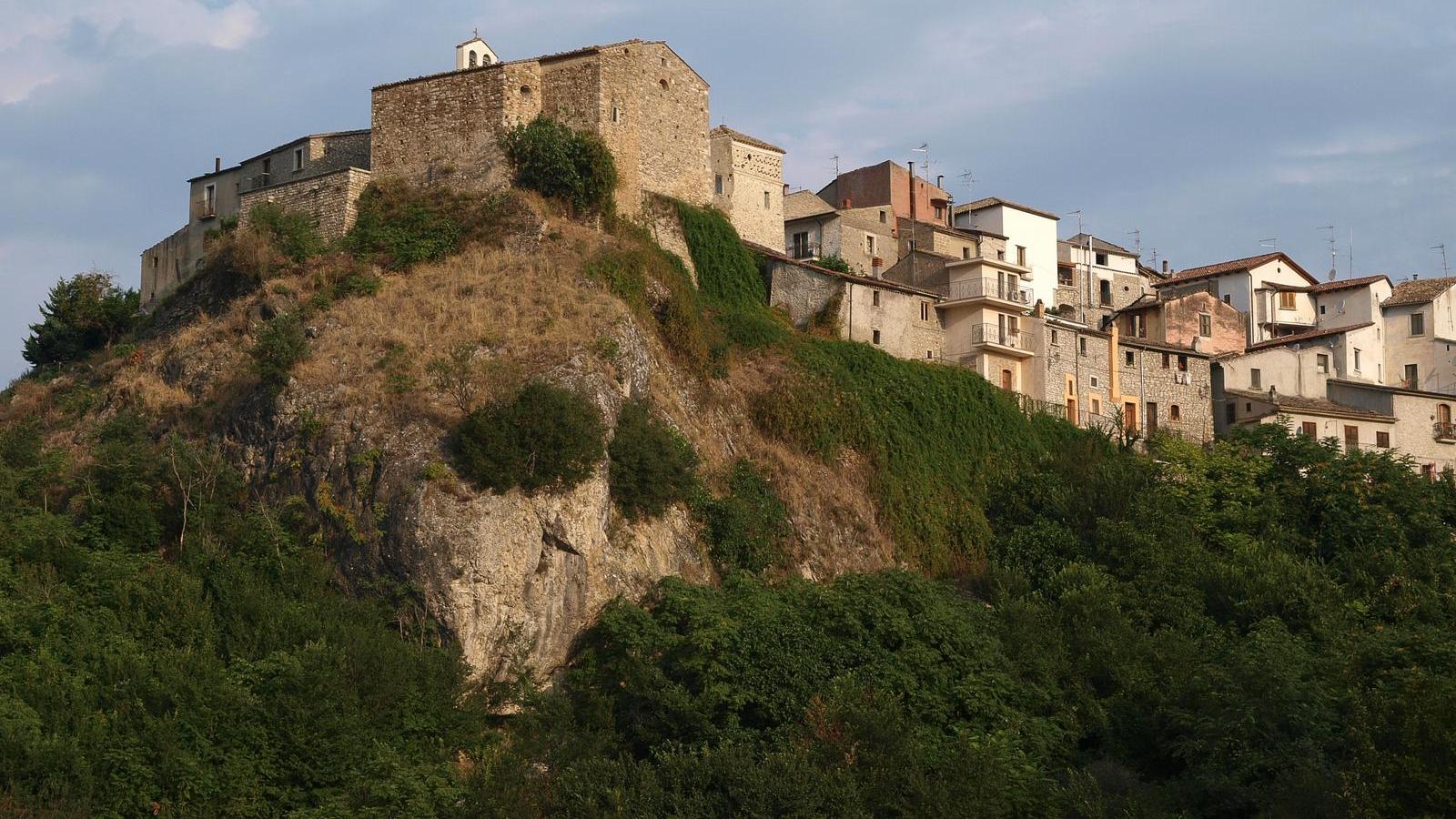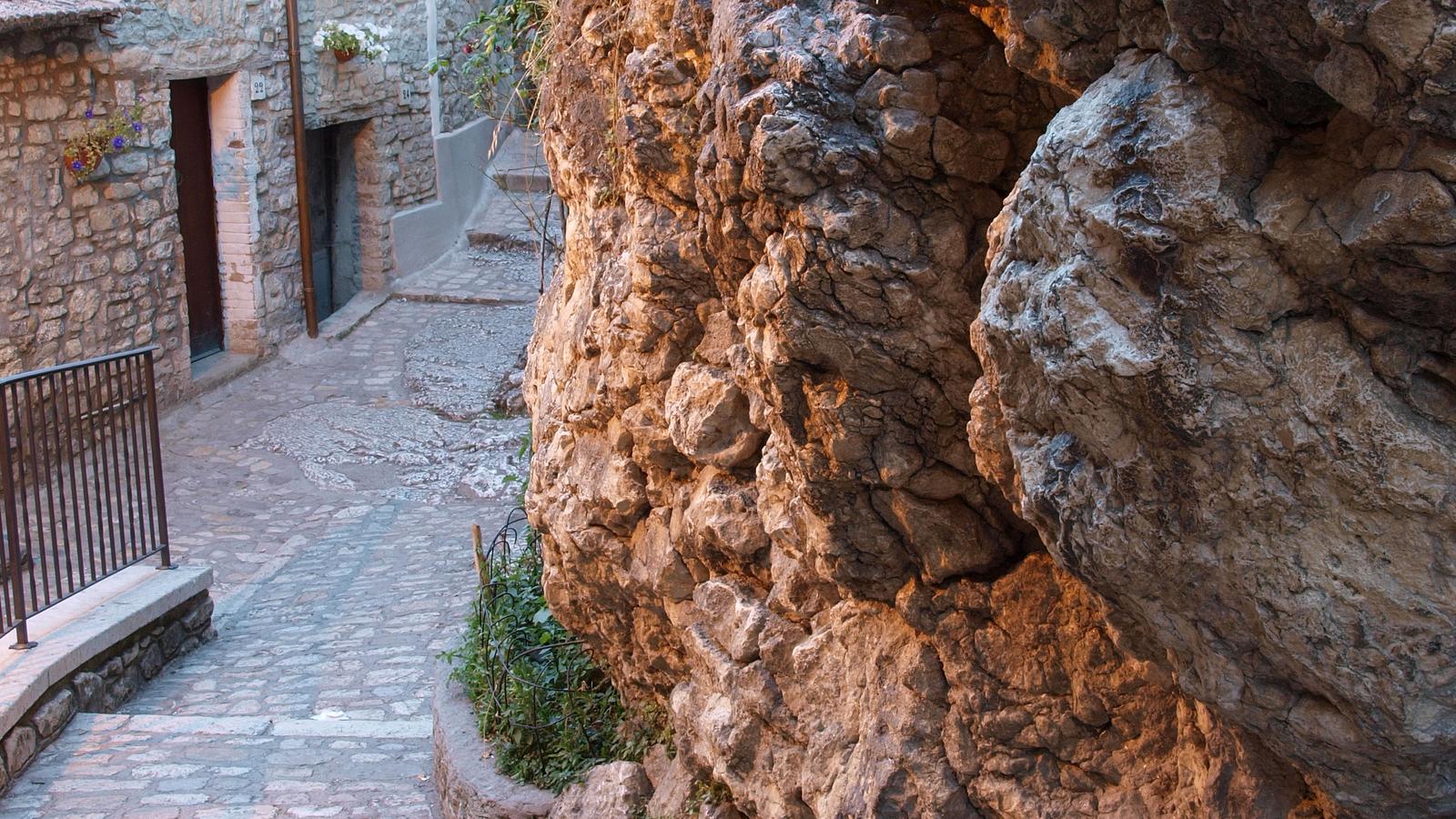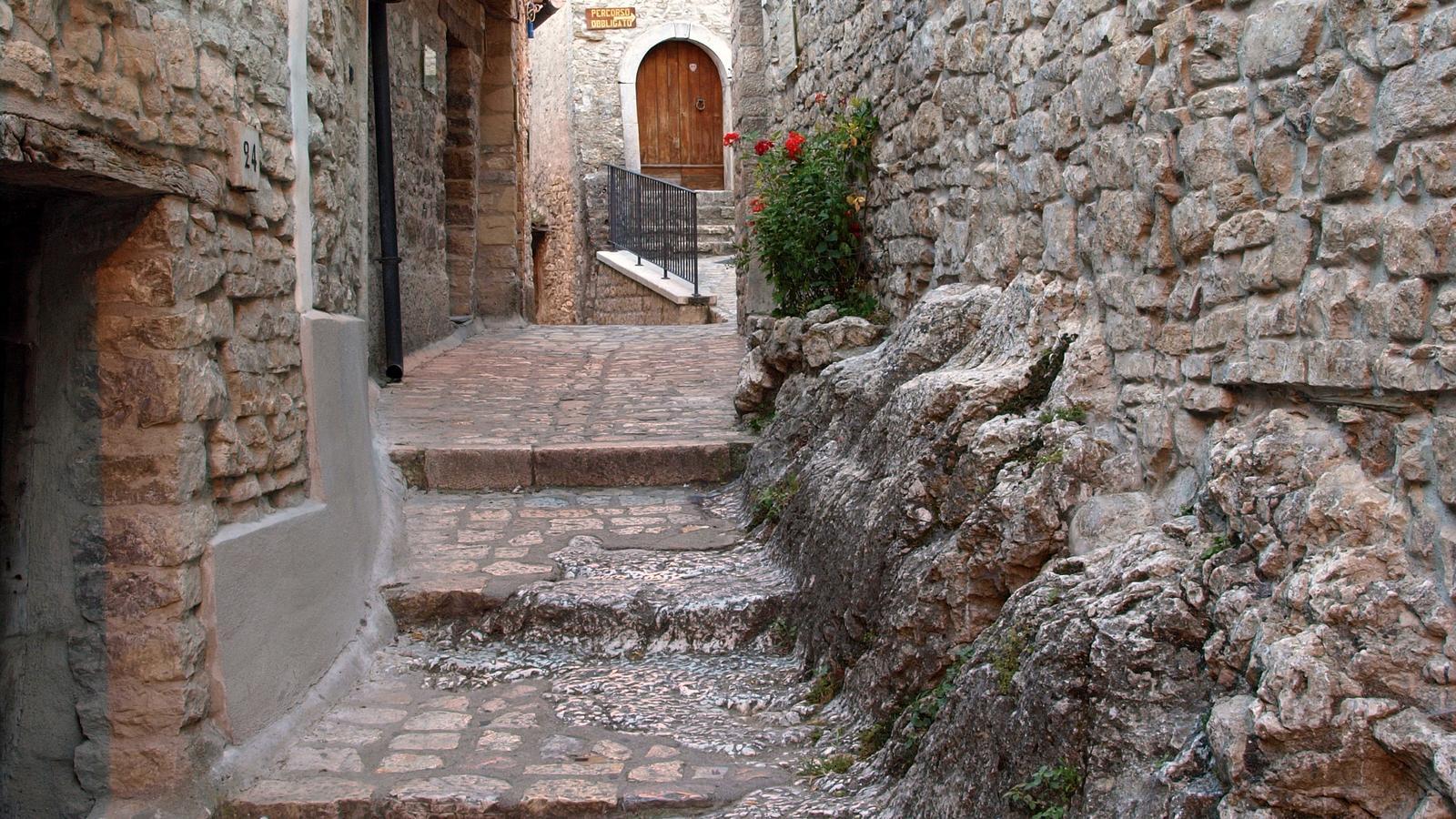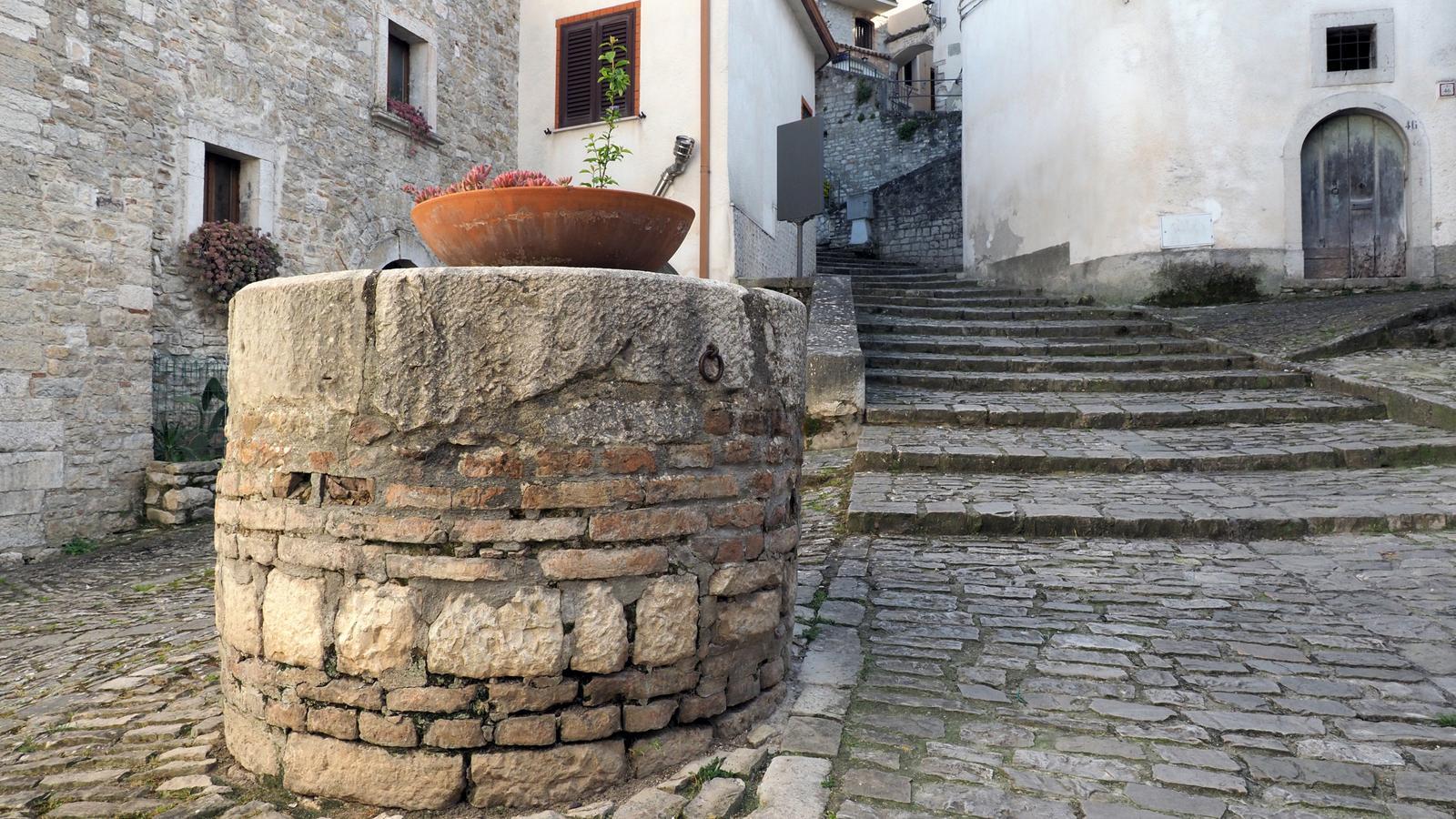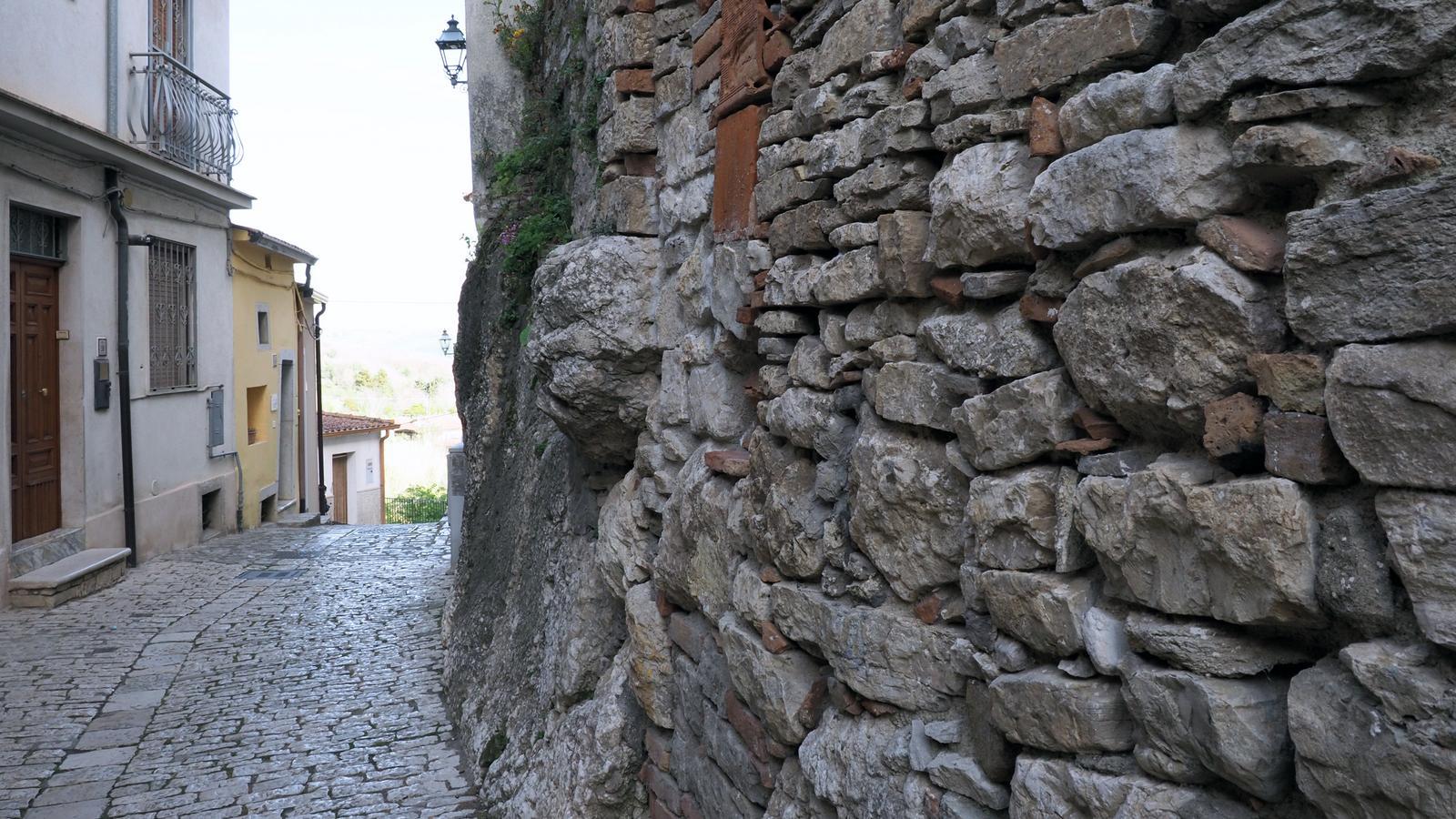The name that the people of Pietrelcina use to refer to their village is Preta Pucina, a dialectal evolution of the medieval name Petra Polcina, which, since the 12th century, has identified La Morgia, the rocky outcrop upon which the old town was built. The locals call themselves pucinari.
Pietrelcina is, quite literally, a village made of stone—even its name carries the weight of it. And it is the stones themselves that best represent the bond between the community and the land it inhabits. They bear the footprints and memories of generations of pucinari, who carry them in their hearts—starting with our most renowned fellow citizen.
After all, Padre Pio used to say of Pietrelcina: “I carry it all in my heart… stone by stone.” And when someone from his hometown came to visit, he would often bid them farewell with the words: “Give my regards to the Morgia.”
